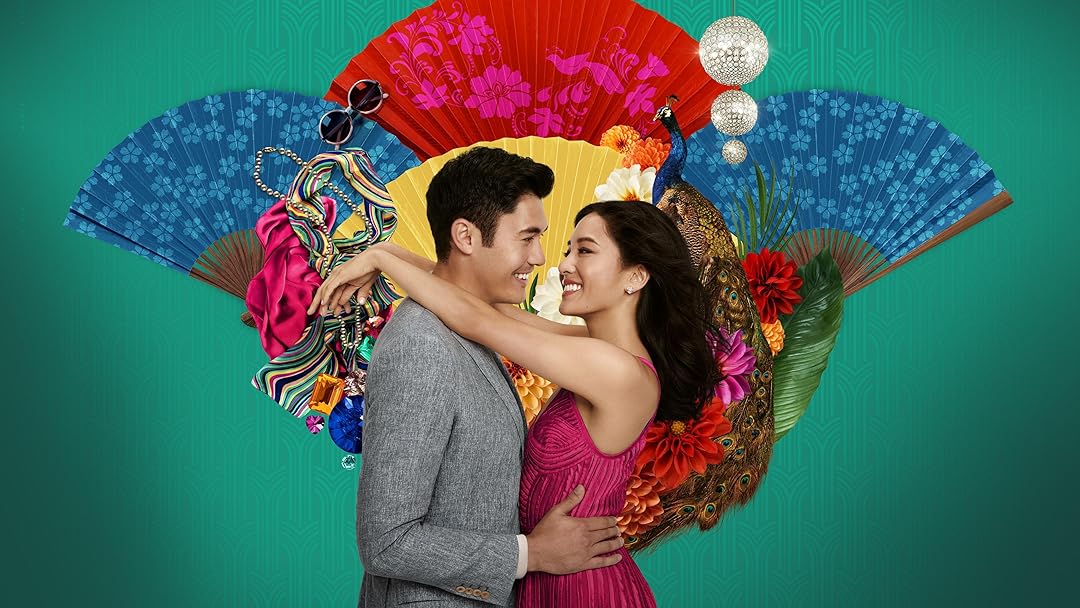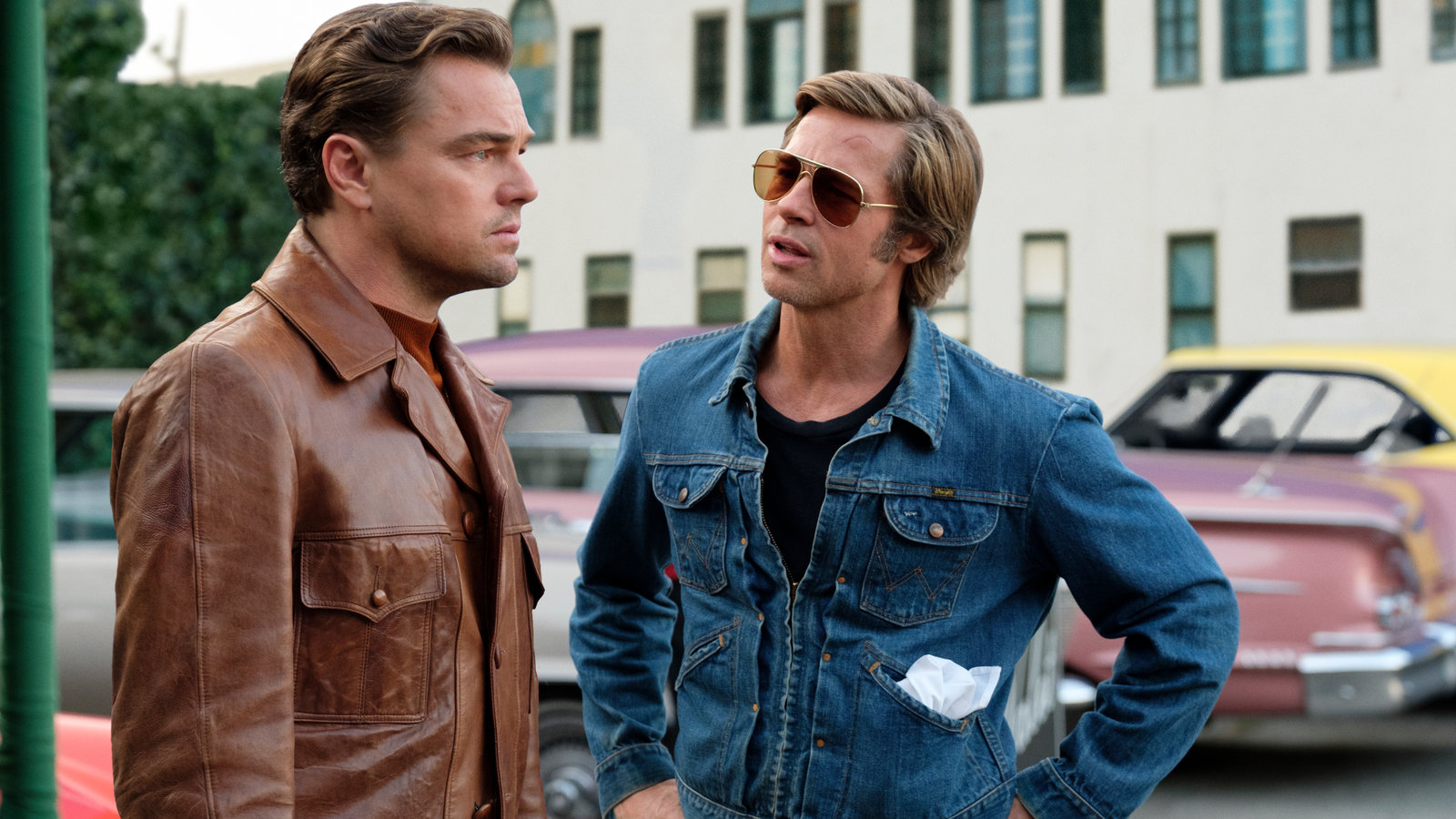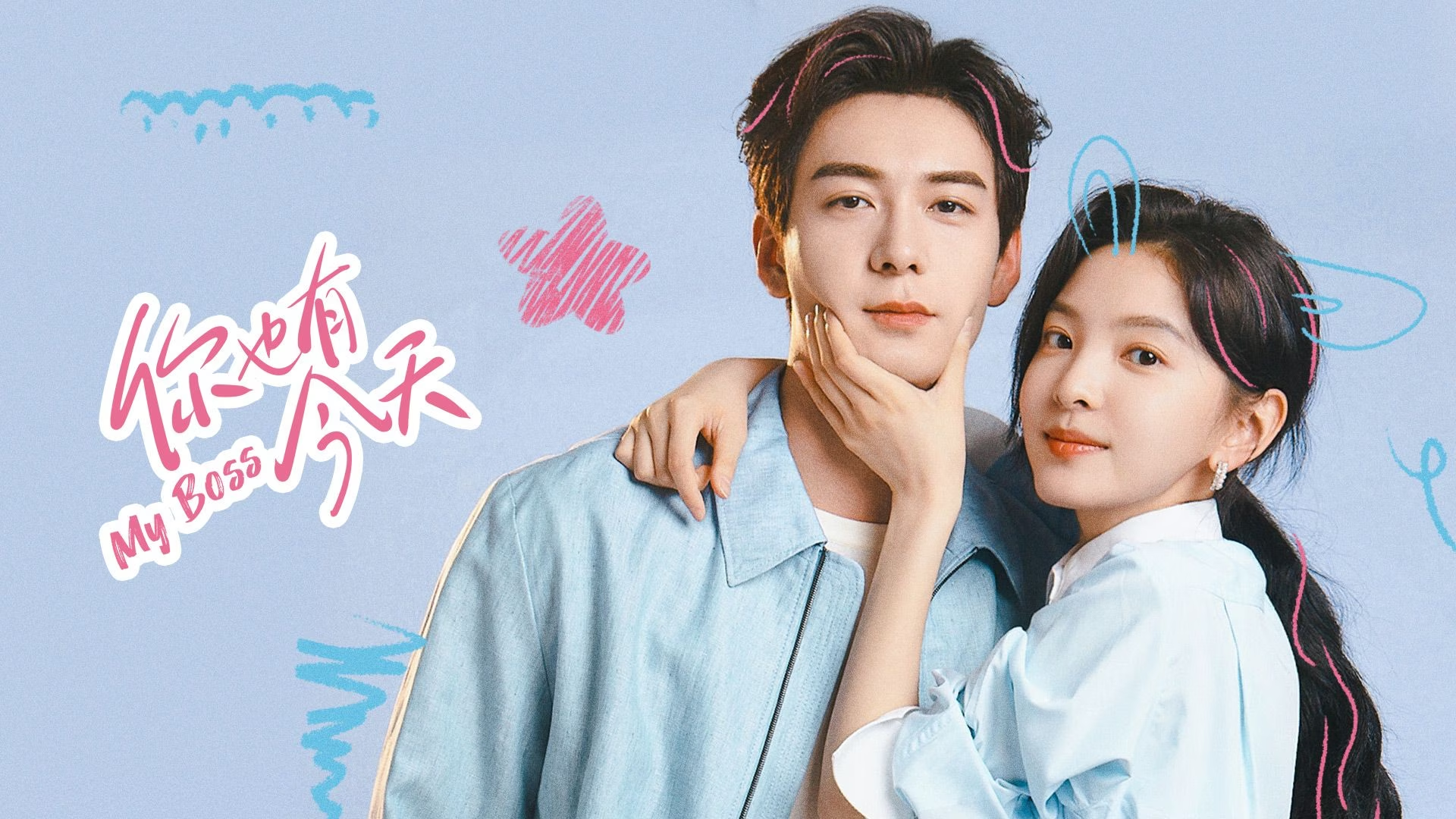dreamabodefinder.com – Crazy Rich Asians is a groundbreaking romantic comedy that not only captivated audiences but also marked a significant moment in Hollywood history. Directed by Jon M. Chu, the film became a cultural milestone for its all-Asian cast and its unapologetically luxurious portrayal of a vibrant, high-society lifestyle. Based on the bestselling novel by Kevin Kwan, the film combines humor, romance, and social commentary while offering a fresh perspective on family, love, and identity. Here’s a deep dive into why Crazy Rich Asians is more than just a typical rom-com—it’s a celebration of culture, relationships, and the complexities of class.
Director: Jon M. Chu
Writers: Peter Chiarelli, Adele Lim
Based on: Crazy Rich Asians by Kevin Kwan
Cast: Constance Wu, Henry Golding, Michelle Yeoh, Awkwafina, Gemma Chan
Genre: Romantic Comedy, Drama
Runtime: 121 minutes
Release Date: August 15, 2018
Plot Summary
The story follows Rachel Chu (Constance Wu), a New York-based economics professor who travels with her boyfriend, Nick Young (Henry Golding), to Singapore for his best friend’s wedding. When Rachel arrives, she quickly discovers that Nick’s family is one of the wealthiest and most influential in Asia, and that he’s essentially a “prince” in their social world. This revelation catapults her into a whirlwind of glamorous events, family expectations, and cultural clashes.
Rachel, an outsider in the opulent world of the “crazy rich,” must navigate the complexities of Nick’s high-society family, most notably his formidable mother, Eleanor (Michelle Yeoh), who disapproves of Rachel’s modest background. As Rachel grapples with her place in this lavish world, she must also confront her own insecurities and her evolving relationship with Nick.
Thematic Depth and Social Commentary
While Crazy Rich Asians is a rom-com at its heart, it’s far from superficial. The film touches on complex themes of identity, culture, and class, with particular focus on the pressures of familial expectations in Asian cultures. The central conflict between Rachel and Nick’s mother, Eleanor, represents a clash of values: traditionalism versus modernity, and old-money elitism versus self-made success.
Eleanor’s disapproval of Rachel is rooted in her belief that Nick deserves someone of equal status and wealth. This cultural pressure is a central part of the narrative, raising important questions about love, ambition, and the sacrifices we make for family. Rachel’s internal journey mirrors the struggle of balancing personal identity with external expectations, making her a relatable and multidimensional character.
The film also explores the notion of “being enough.” Rachel’s journey is about learning to be comfortable with who she is, despite the societal pressures that try to define her worth by her bank balance or family name.
Performances and Characters
The ensemble cast of Crazy Rich Asians is one of its greatest strengths, with standout performances across the board.
- Constance Wu as Rachel is the film’s emotional anchor. Her vulnerability and strength create a relatable protagonist who, despite being thrust into a world of unimaginable wealth, never loses her grounded, sincere nature.
- Henry Golding as Nick is charming and endearing, effortlessly capturing the complexity of a man torn between his love for Rachel and his loyalty to his family. His chemistry with Wu is palpable, making their romance both tender and compelling.
- Michelle Yeoh as Eleanor is a formidable presence, commanding every scene she’s in. She brings depth and nuance to the role of the traditional matriarch, portraying a woman driven by love for her son but bound by her own expectations of what’s “appropriate” for him.
- Awkwafina, in the role of Rachel’s best friend, Goh Peik Lin, delivers a refreshing comedic performance, providing much-needed levity and comic relief while also being a loyal and supportive friend.
Cinematography and Visual Appeal
Crazy Rich Asians is a visual feast, boasting lush cinematography and glamorous set designs that transport the audience into the high-society world of Singapore. From extravagant parties to luxurious mansions, the film’s visual style highlights the grandeur and excess of its characters’ lives.
Director Jon M. Chu does a brilliant job of capturing the vibrant energy of Singapore, with sweeping shots of the city’s skyline, bustling markets, and serene beaches. The lavish weddings, designer outfits, and jaw-dropping locations all contribute to the film’s larger-than-life aesthetic, which complements its fairy-tale narrative.
The film’s costume design, led by designer Mary Vogt, is particularly noteworthy. The fashion choices—ranging from Rachel’s understated elegance to Eleanor’s bold, high-fashion looks—are a visual reflection of the characters’ personalities and roles within the story.
Cultural Significance and Impact
Crazy Rich Asians is not just a commercial success; it is a cultural landmark. As the first major Hollywood film in over 25 years to feature an all-Asian cast, it broke down barriers in an industry long criticized for its lack of diversity. The film’s success challenged the notion that audiences wouldn’t support films with predominantly Asian casts, proving that stories rooted in Asian culture have universal appeal.
Moreover, the film’s representation of Asian characters as multifaceted, wealthy, and powerful individuals defied common stereotypes. It celebrated not just the culture but also the complexities of relationships and identity within the Asian diaspora, highlighting the diverse experiences of Asian Americans and Asians worldwide.
Conclusion
Crazy Rich Asians is a delightful, heartwarming, and visually spectacular romantic comedy that does more than just entertain—it challenges stereotypes, explores deep cultural issues, and delivers a powerful message about love, identity, and family. With strong performances, a compelling story, and a beautifully crafted setting, it is a film that resonates with both Asian and non-Asian audiences alike.
Rating: 9/10
Crazy Rich Asians is a cultural milestone that redefines the romantic comedy genre, proving that representation matters and that stories of love, ambition, and family can transcend cultural boundaries. Whether you’re in it for the romance, the laughs, or the dazzling glamour, this film has something for everyone.





